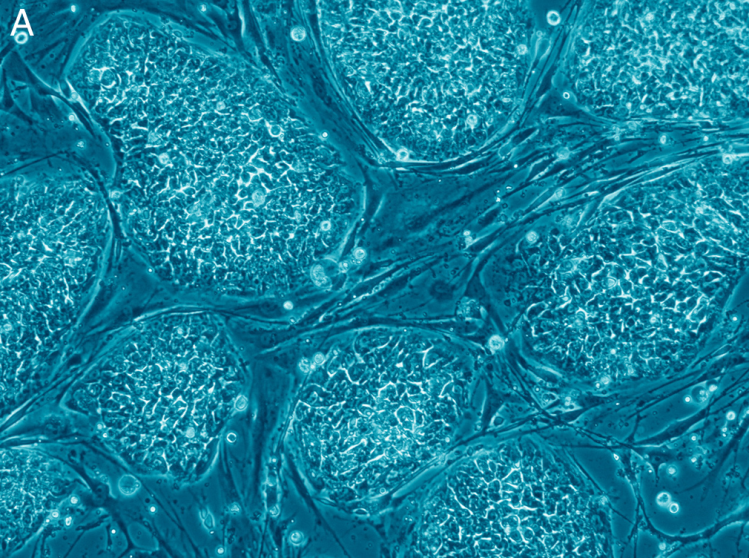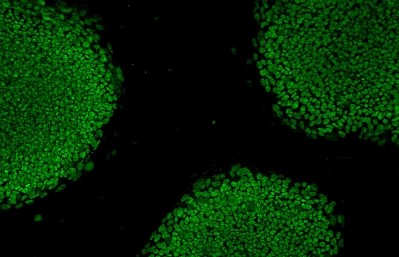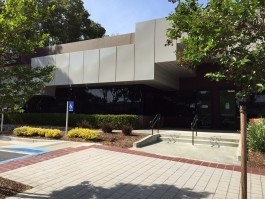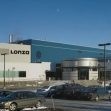Lonza says stem cell reprogramming makes for better preclinical models

The new technology – known as the L& hPSC Reprogramming and Culture System – is a seven stage culture system that enables both the generation of induced pluripotent stem cells (iPSCs) and the maintenance of human embryonic stem cells.
Lonza Bioscience Solutions spokesman Don Paul Kovarcik told BioPharma-Reporter.com that the firm’s hPSC team in Walkersville, Maryland in the US has already provided a number of customers with L7-based services.
“We have completed two contracts for the US National Institutes of Health (NIH) and are working two more, including one for the production of a clinical grade (GMP) iPSC master cell bank.
“We also have done work for pharma companies and started work with an iPSC-derived cell therapy company for the production of clinical grade iPSCs and their differentiated cell product.”
He added that: “Currently, our L7 hPSC Culture System is available for purchase” explaining that it “consists of a basal medium and supplement, a matrix, a passaging solution and a cryopreservation solution.”
Target market
The services is designed for drug developer that want to make the cell lines they use for drug discovery and early development more relevant, which is something that can be a considerable challenge according to Kovarcik.
“Current cell models have some limitations. Cell lines don’t resemble the tissue they were derived from and don’t behave like the similar cell type would in vivo.”
Primary cells – those taken directly from a subject – are better models, but they have a finite lifespan, are hard to source and even then there is still significant donor-to-donor variation Kovarcik said, adding that PSC could overcome all these problems.
“Pluripotent stem cells can provide biologically relevant cells models because of their two defining characteristics: the ability to self-renew indefinitely; and to become any cell type in the human body.
“Moreover, iPSCs, since they are reprogrammed from an adult somatic cell, carry the genetic background of the starting cell type and any underlying diseases. So this makes it possible to produce iPSC and iPSC-derived cells that have different ethnic or genetic backgrounds and even those with diseases such as diabetes, Parkinson’s, Alzheimer’s etc.”

















